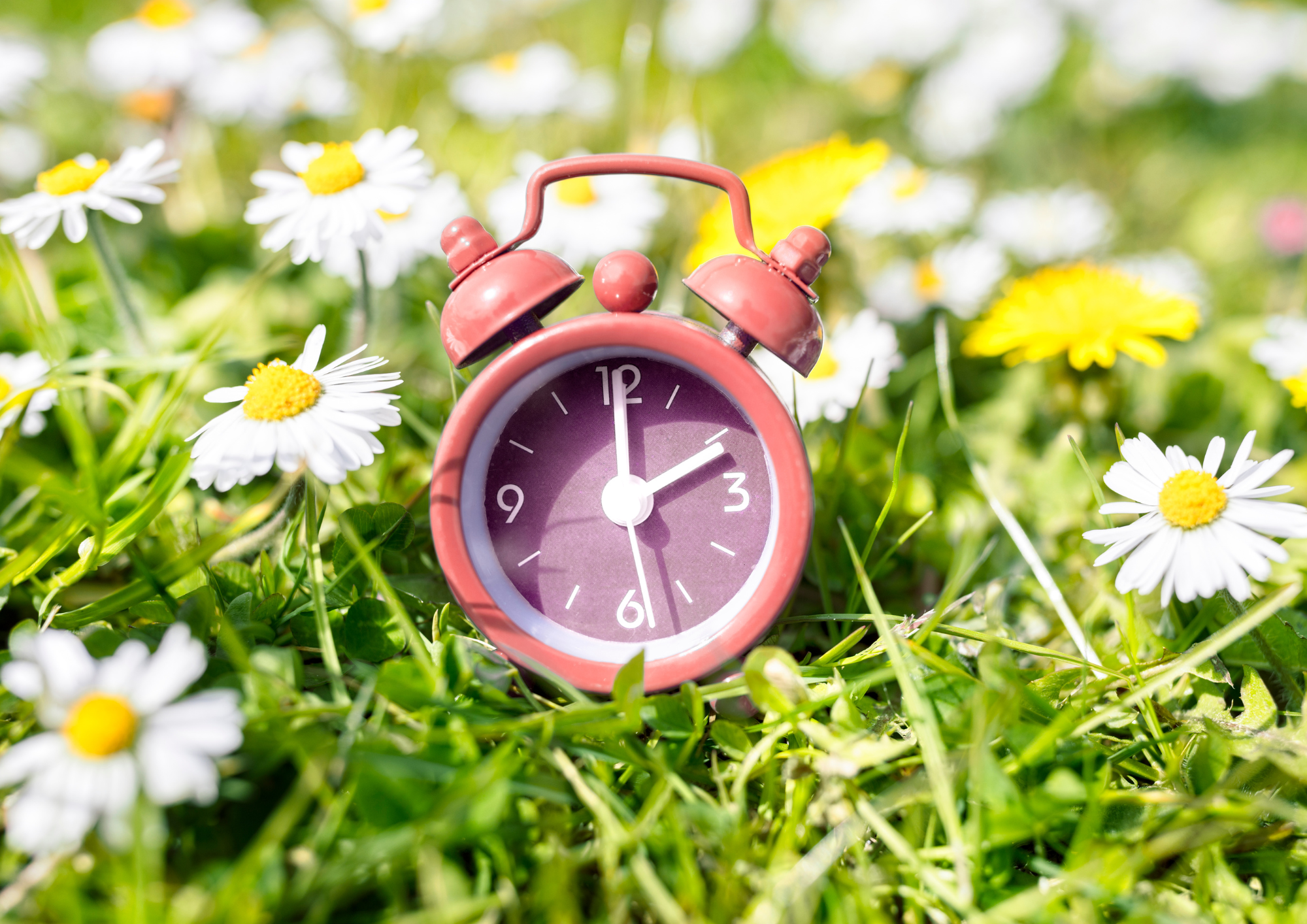Daylight Saving Time (DST)* is here and that means we set our clocks forward by one hour. While we gain more daylight, the shift can throw off our sleep schedules, productivity and even our pets’ routines. The effects of clocks changing can leave us feeling groggy but with a few simple adjustments, you can make the transition easier.
In this post, we’ll cover how to adjust to Daylight Saving Time, its impact on sleep and tips to help both you and your pets adapt smoothly.
Quick note: This post contains affiliate links and I may earn a small commission at no extra cost to you. It helps support this blog and allows me to keep creating valuable content and tools for your journey. So thank you!
*The UK follows British Summer Time (BST) as its version of Daylight Saving Time (DST).
The Effects of Daylight Saving Time on Sleep and Well-Being
The shift in time may seem small but it can affect our internal body clock. Here’s how:
- Disrupted sleep patterns – Losing an hour can make it harder to wake up and fall asleep at the right time.
- Fatigue and mood changes – A lack of sleep can lead to irritability, difficulty focusing and even increased stress.
- Health risks – Studies show a slight increase in heart attacks and accidents right after DST changes.
And let’s not forget our pets! They don’t understand why their meal or walk is suddenly happening at a different time. Helping pets adjust to time change is just as important as adjusting ourselves.
Here Are 7 Ways to Adjust to Daylight Saving Time
1. Start Adjusting Your Sleep Schedule Early
To minimise the effects of clocks changing, start shifting your bedtime 15–30 minutes earlier a few days before DST. This gentle adjustment helps your body adapt naturally, so you wake up feeling refreshed instead of groggy. Boost your sleep quality even more with a high-quality pillow, like the Martian Dreams® Hybrid Pillow. Designed for superior comfort and support, it cradles your head and neck perfectly, making it easier to fall asleep, stay asleep and wake up ready to take on the day. With the right pillow, your body can embrace the time change effortlessly, leaving you energised and prepared for whatever comes next.
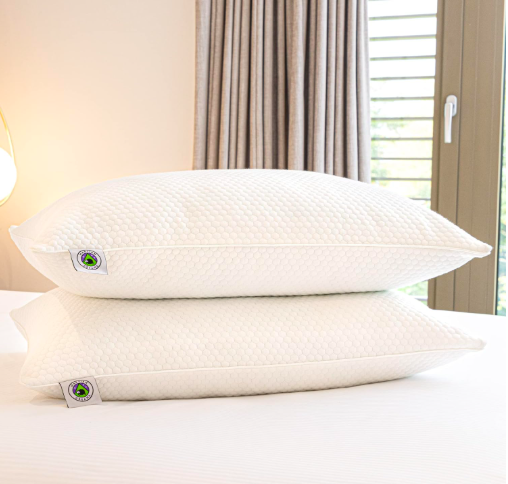


2. Get Morning Sunlight
Natural light is the most effective way to reset your internal clock. Spending time outside in the morning signals to your body that it’s time to wake up and start the day. But if the time change means you’re waking up in the dark, a smart solution can make all the difference. The ecozy Sunrise Alarm Clock simulates natural sunlight, gently waking you with a sunrise glow while supporting your morning routine with white noise, app and voice control, multiple alarms and snooze options. It’s like bringing the sun indoors so you can start each day energised, refreshed and ready to go.



3. Reduce Blue Light Exposure in the Evening
Blue light from phones, tablets and TVs can disrupt your natural sleep cycle and make it harder to fall asleep, while also causing eye strain and fatigue. Wearing blue light blocking glasses helps shield your eyes, reduce discomfort and signal to your body that it’s time to wind down, making it easier to relax and prepare for restful sleep. For a stylish and effective option, try ATTCL Unisex Blue Light Blocking Glasses. They’re lightweight, comfortable and perfect for evening screen time or late-night work sessions. With these glasses, you can protect your eyes, improve your sleep quality and end your day feeling calm and refreshed.



4. Stick to a Consistent Routine
Keeping a steady schedule for sleeping, eating and exercising helps your body adjust more smoothly to the new time. Consistency is key for a seamless transition during Daylight Saving Time. You can enhance your bedtime routine further by incorporating calming scents that promote relaxation and restful sleep. The MAYJAM Essential Oils Collection offers a variety of soothing fragrances, from lavender to eucalyptus, allowing you to create the perfect atmosphere to unwind and recharge. With the right scent, your nights can become more restorative, leaving you energised and ready to embrace each day.



5. Adjust Meal and Exercise Times
Since digestion influences our internal clock, gradually shifting meal times can help your body adjust to the time change. The same goes for exercise – working out earlier in the day can promote better sleep at night. For an extra touch of relaxation, sip a calming cup of herbal tea before bed. The Yogi Bedtime Tea Collection features a soothing blend of fennel, chamomile flowers and valerian root, carefully crafted to encourage relaxation and support restful, restorative sleep. With this bedtime ritual, you can drift off peacefully and wake up refreshed, ready to take on the day.


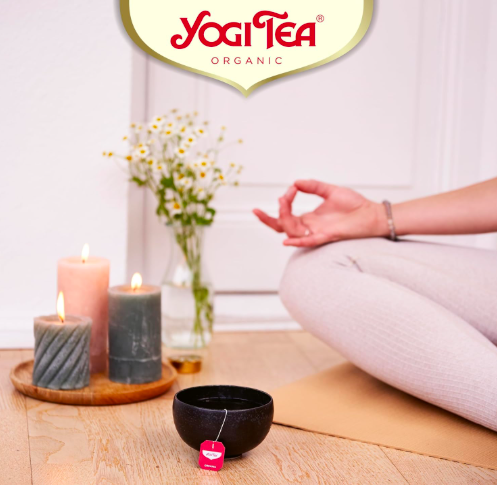
6. Help Your Pets Adjust to Time Change
Pets thrive on routine, so start easing them into the time change by gradually adjusting their feeding and walking schedules a few days beforehand. This gentle shift prevents confusion and helps them adapt smoothly. Make the process even simpler with an automatic pet feeder like the Cat Mate C500 Automatic 5-Bowl Pet Feeder (it’s for cats and small dogs) ensuring your furry friends stay on track without missing a meal. With a little planning and the right tools, you can keep your pets happy, healthy and stress-free while the clocks move forward.
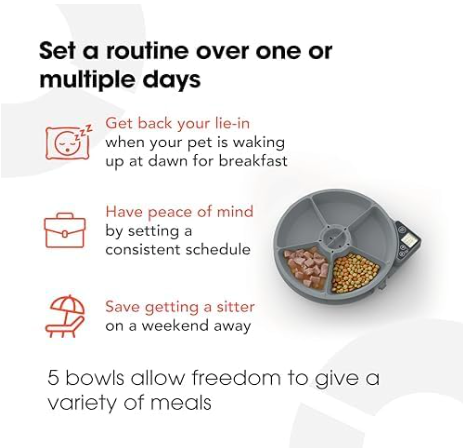
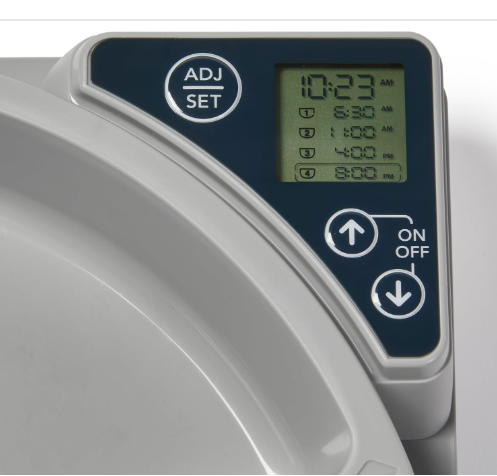

7. Be Patient and Prioritise Rest
It can take a few days for your body to fully adjust to the time change, so be gentle with yourself. If you feel sluggish, allow extra rest, stay hydrated and listen to your body. For an added boost, consider Kalms Night One-a-Night Valerian Root Tablets, thoughtfully formulated to support your sleep cycle and help you drift into restful sleep more easily. They’re perfect for easing the frustration of restless nights caused by the DST shift, helping you get back on track quickly. With a little care and the right support, you can wake up feeling refreshed and ready to embrace the day.



How Long Does It Take to Adjust?
Most people adapt to the time change within a few days to a week. However, children, pets and those with existing sleep difficulties may take a bit longer.
If you find yourself struggling with sleep, try using relaxation techniques, limiting caffeine late in the day and creating a calming nighttime routine with aromatherapy.
Daylight saving time and spring fatigue often go hand in hand. Find out more about spring lethargy and how to adjust your routine to beat it by reading this blog post: Beating Spring Fatigue: Why You’re So Tired and 7 Simple Ways to Regain Your Energy
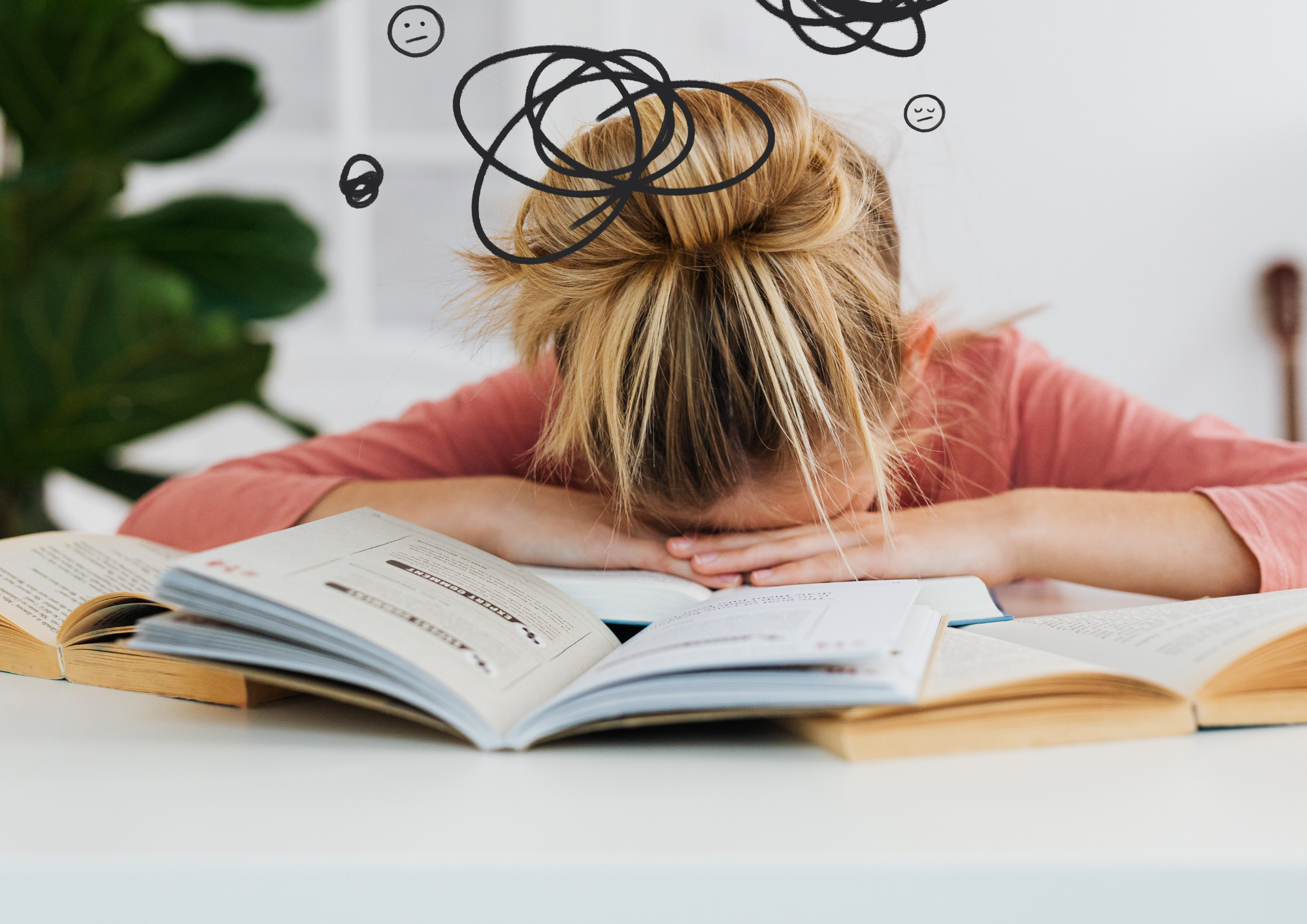
Final Thoughts
Daylight Saving Time may disrupt our schedules but with small adjustments, you can minimise its impact. Focus on getting enough sleep, helping pets adjust to the time change and making the most of the extra daylight.
With these simple strategies, you’ll be back to feeling energised and ready to embrace spring in no time!

